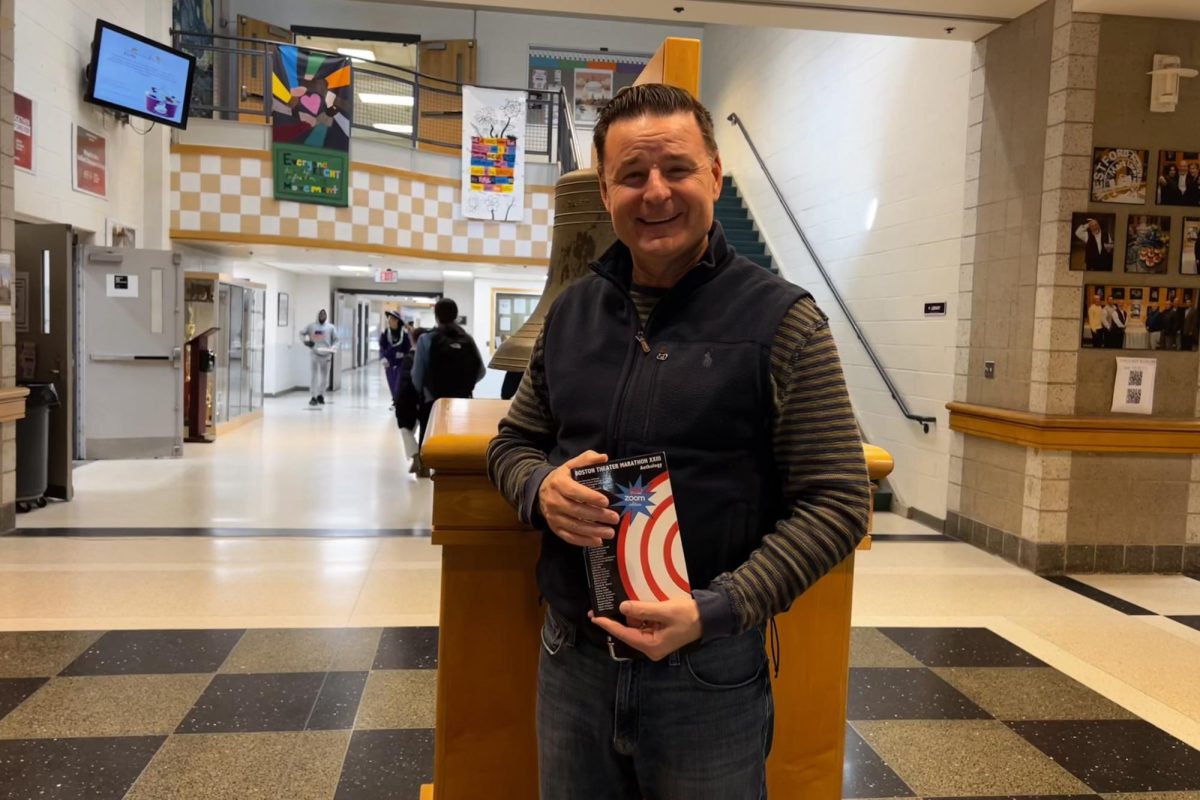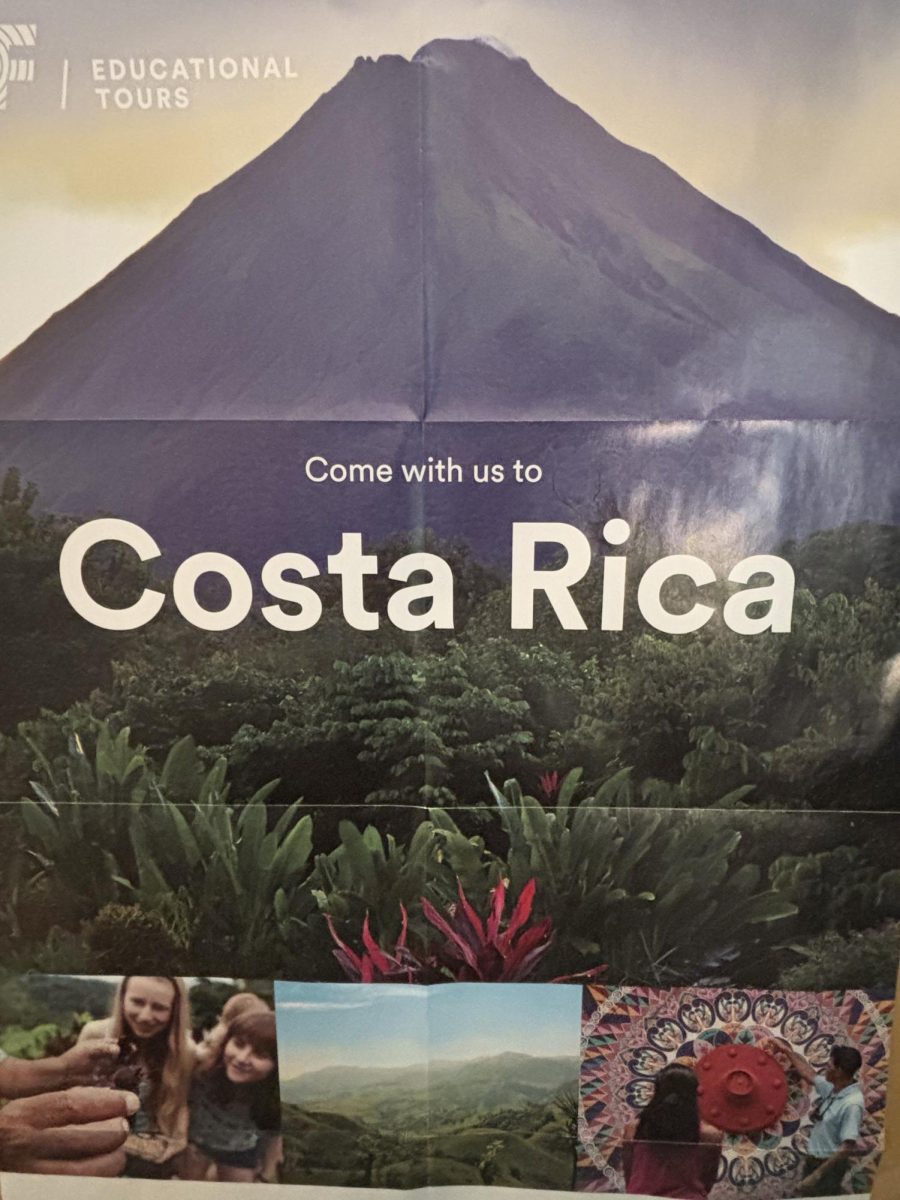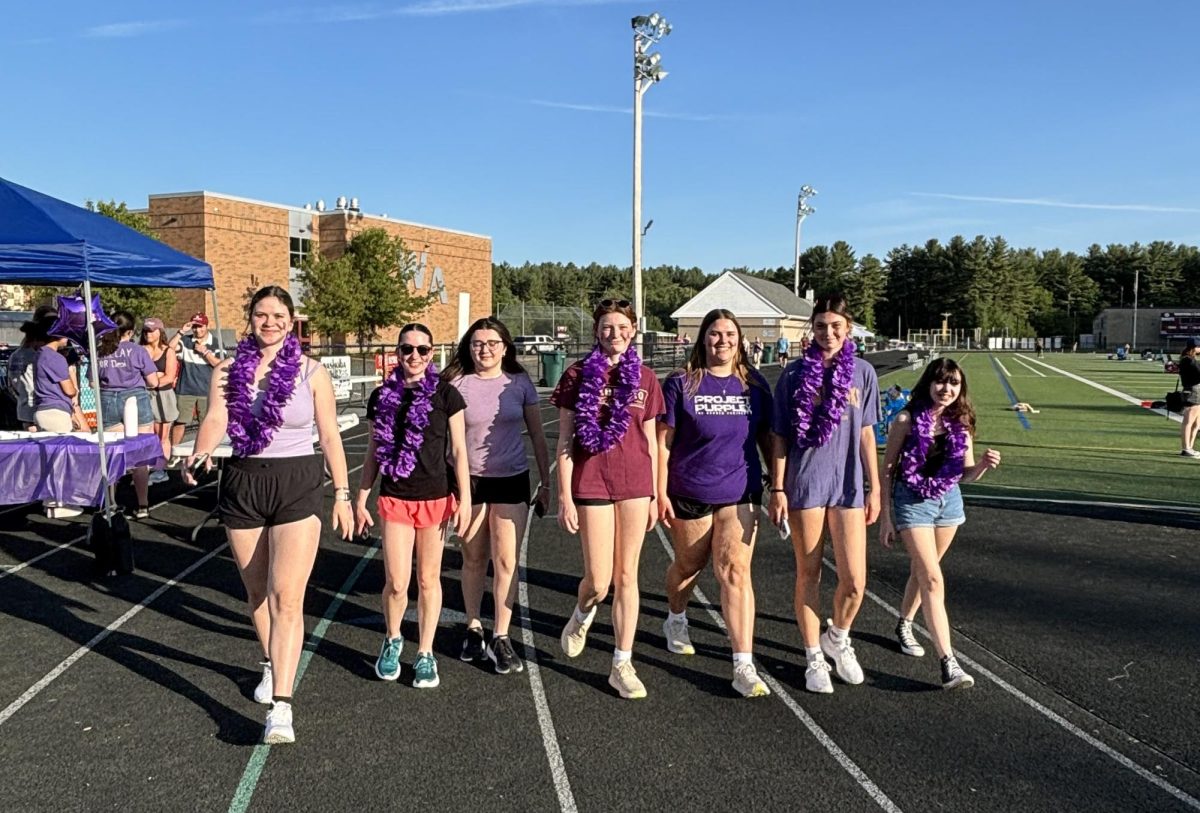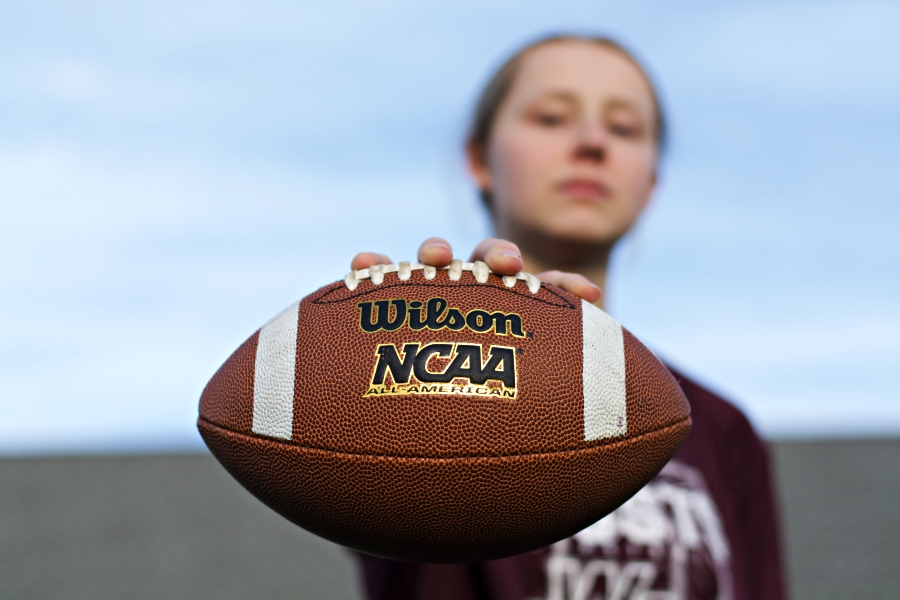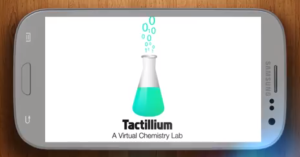 By Kai-Lou Yue
By Kai-Lou Yue
Business Manager
It is not common for students in high school to begin to develop high quality apps, especially ones applicable to academics. It is even less common to have students enter them into competitions, without a generous amount of help from a teacher or advisor. Most do not have the time, inclination, or knowledge needed to succeed at such a task. However, a group of five students from Westford Academy has accomplished just that.
Michael Gillett, Derek Feehrer, Michael Colavita, Ryan Cole, and Kevin Zhang have been working on an app together since early October in 2013, for the annual Verizon Innovative App Challenge. Called Tactillium, the app has already passed through all rounds of judging and was recently selected as one of the eight Best in Nation winners.
“We were competing against 1300 teams from the beginning. So in the end we went from a pool of 1300 teams to a group of 4 high school teams and 4 middle school teams,” said senior Ryan Cole.
Through being chosen as one of the nation’s best, the group has secured a 15 thousand dollar Verizon Foundation grant for WA, as well as an additional 5 thousand dollar grant from winning Best in Region. The grant money is to be used to further Science, Technology, Engineering, and Math (STEM) principles in the community’s education.
The team’s next step is to finish building the app by June 1st, with the support of Verizon employees, and members of the MIT App Inventor Training Corps. During the summer, they will present their app at the 2014 National Technology Students Association conference in Washington, D.C.
“When the app is complete we will publish it on the Google Play Store, a website, and more than likely the Apple App Store, although this is outside of the scope of the competition,” said senior Derek Feehrer.
Tactillium is able to simulate different types of reactions, such as double and single replacement reactions. Users are also able to perform experiments in a simulated environment.
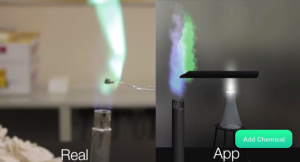
Timothy Knittel, a chemistry teacher at WA, explains, “The idea is that you can take any chemicals and put them together and identify them, that’s the theory […] They can pick lithium for example, which should burn a red color, and any lithium compound should be red, so it doesn’t matter what lithium compound it is, the app will pull it from the database and show the color of the flame in the app.”
The Verizon Challenge’s objective was to have groups create a concept for an app that would incorporate STEM fundamentals in order to solve a problem in the community.
Although still currently in a prototype stage, Tactillium completed the challenge. It has the potential to be extremely useful in schools around the nation, especially ones with low funding that are unable to provide lab equipment and chemicals for student labs.
“I think in the long run [the app has the potential to be used in schools], because chemicals are expensive. I would say that the average school, like us, spends several thousand dollars a year on chemicals, and some of them are dangerous, for example. You can get around the danger by using an app like this,” said Knittel.
However, the true ingenuity of Tactillum lies in its ability to allow for an almost infinite number of chemical reactions and experiments to be simulated. Its database is generated by online sources such as Wikipedia, and contains more than 150 different substances, chemical compositions, formulas, ionic compositions, colors, and safety information pertaining to each of the chemicals. The ability of the app to draw data from large sources enables it flexibility in the types of reactions it can simulate.
Even though the current capabilities of the prototype have won the team the title Best in Nation, the group still feels that there are improvements to be made to Tactillium before their deadline of the presentation on June 1st.
“Some of the biggest features we plan to add include compensating for diatomic elements and elements with multiple oxidation states. We also need to return to the program to more rigorously test the current code for potential bugs and special cases,” said sophomore Michael Colavita.
Because of the complexity of the app, the team invested weeks of time and effort in their project. According to Cole, they spent about a month coming up with the idea for a virtual chemistry app and to do the preliminary research. Feehrer, as part of an independent study, worked on the video for over a month and a half.
Senior Michael Gillett added, “Building the actual prototype took a little over 100 hours and at least one all nighter […] Derek designed and produced the video and some of the graphics for the app. I created the prototype of the application. Michael Colavita worked on data collection from Wikipedia and drafting the essay. We all contributed to essay revision, the development of the idea, and research.”
Anne Stowe, programming teacher and advisor of the group, believes that the work that the team of students has produced was their own, and she took an extremely minor role in the development of the app and video’s content.
“Really, [my role] was just to make certain that we met deadlines. They needed an advisor, it was easy. I was the one in communication with Verizon, I was the one that needed to submit everything, but boy, they are amazing […] They knew what they wanted to do, they did it,” said Stowe.
She also mentioned that 5 team members had excellent group dynamics which enabled them to work well together.
“It’s interesting; we’ve got 4 seniors and a sophomore on [the team], but they just worked as a team […] everybody ended up taking responsibility. They worked extremely well together. I cannot say enough about them, there wasn’t any petty stuff. It was just ‘let’s get the job done’, and they got the job done,” said Stowe.

